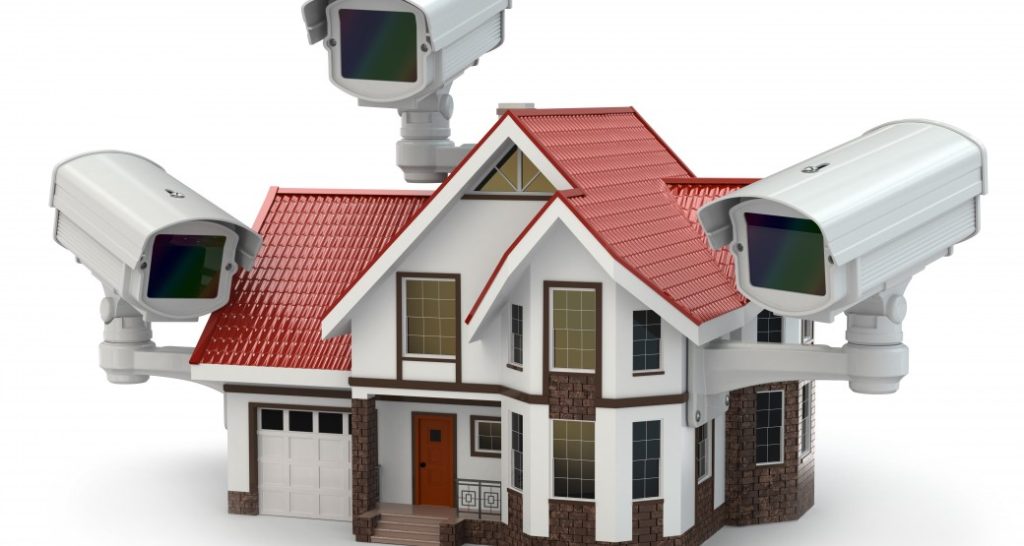Access control systems have undergone a remarkable evolution over the years, transitioning from traditional physical keys to advanced biometric locks. This evolution has been driven by the need for enhanced security, convenience, and efficiency in managing access to buildings, rooms, and sensitive information. In the early days, access control was primarily reliant on physical keys. While effective to some extent, this method posed significant challenges, such as the risk of lost or stolen keys, unauthorized duplication, and the logistical complexity of managing large numbers of physical keys. These limitations prompted the development of electronic access control systems, marking the shift from traditional keys to virtual keys. Virtual keys, often in the form of keycards or fobs, emerged as a more secure and manageable alternative. These devices utilized radio frequency identification RFID or magnetic stripe technology to grant or deny access. The ability to easily deactivate lost or stolen virtual keys and assign unique access permissions to each keycard added a layer of security that physical keys lacked. However, as technology continued to advance, so did the demand for even more sophisticated access control solutions.

The integration of san antonio access control system marked another milestone in the evolution of access control. Keypads allowed users to input a code to gain access, eliminating the need for physical keys or cards altogether. While this method offered improved security and auditability, it still had vulnerabilities, such as the risk of unauthorized individuals observing or obtaining the access code. To address these concerns, the industry turned to biometric technology. Biometric access control systems represent the pinnacle of security and convenience in the field. Biometrics utilizes unique physiological or behavioral characteristics of individuals for identification. Common biometric modalities include fingerprint recognition, facial recognition, iris scanning, and voice recognition. Each person’s biometric data is distinct, making it incredibly difficult to forge or replicate. Fingerprint recognition, one of the earliest biometric technologies adopted for access control, involves scanning and matching the unique patterns of an individual’s fingerprints. Facial recognition, on the other hand, captures and analyzes facial features to grant access. The rise of advanced algorithms and artificial intelligence has significantly improved the speed and accuracy of facial recognition systems.
Iris scanning, who examines the unique patterns in the colored part of the eye, offers an even more precise form of biometric identification. Voice recognition, relying on the distinctive sound waves produced by an individual’s voice, adds another layer of sophistication to access control. Biometric access control systems not only enhance security but also streamline the authentication process, eliminating the need for physical tokens or codes. Users simply present their unique biometric identifier to gain access, making the process seamless and efficient. The evolution of access control systems from physical keys to biometric locks reflects the continuous pursuit of heightened security and efficiency. While traditional keys were susceptible to various vulnerabilities, virtual keys and keypads represented significant advancements. The advent of biometric technology has revolutionized access control, offering unparalleled accuracy and convenience. As technology continues to progress, it is likely that access control systems will evolve further, incorporating even more advanced features to meet the ever-growing demands of security-conscious environments.